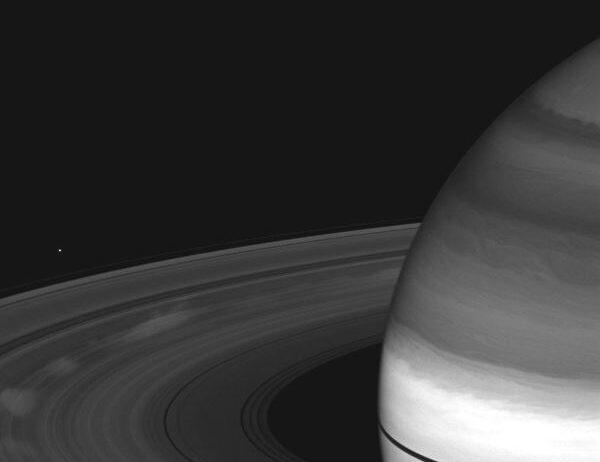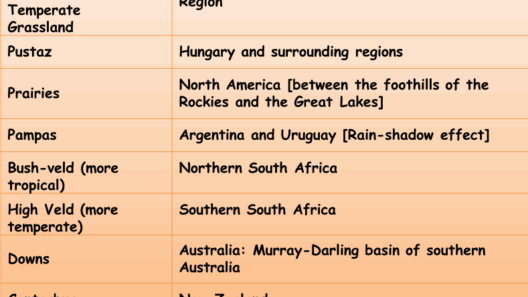Saturn, the jewel of the solar system, is often celebrated for its stunning rings and myriad moons. However, the planet’s atmosphere and climate present an intriguing and complex picture that captivates scientists and space enthusiasts alike. Exploring Saturn’s climate reveals a world teeming with dynamic processes that differ radically from Earth’s familiar weather systems.
At first glance, Saturn might appear as a serene sphere adorned with enchanting rings. Yet beneath this apparent tranquility lies a tempestuous atmosphere characterized by extraordinary winds, fluctuating temperatures, and fascinating formations of ice. One of the most compelling features of Saturn’s atmosphere is its composition; primarily hydrogen and helium, it exhibits a striking disparity compared to Earth’s nitrogen-oxygen dominated atmosphere.
The external atmosphere, extending beneath the colorful bands we see, is characterized by horizontal and vertical zonal winds. These winds reach astonishing speeds, exceeding 1,100 miles per hour at the equator, making them some of the fastest in the solar system. This fast-moving air creates wide bands of clouds in contrasting hues of golden and brown, which are enhanced by ammonia, a crucial component of Saturn’s complex weather. The active fluid motion in the atmosphere is not just a spectacle; it contributes to the overall climate framework of the planet.
Climate on Saturn varies dramatically in different regions, not only in terms of temperature but also in terms of storm frequency and intensity. Temperatures can plummet to around minus 300 degrees Fahrenheit (minus 185 degrees Celsius) in the upper atmosphere. As one travels deeper into the planet, temperatures begin to rise and pressure increases, leading to considerable changes that science is still striving to fully comprehend.
A notable phenomenon linked to Saturn’s climate is its seasonal changes. Given that Saturn takes approximately 29.5 Earth years to complete one orbit around the sun, one season lasts nearly seven Earth years. This extensive seasonal cycle contributes to the evolution of storms and cloud formations. Every few decades, massive storms emerge that encircle the planet, resembling hurricanes, and can last for months. The dynamics of these storms present a subject of intense study, as understanding their underlying mechanisms could provide parallels to hurricane systems on Earth.
Moreover, Saturn’s rings add a fascinating dimension to its climate. Composed predominantly of ice particles with varying sizes, these rings are not just aesthetic marvels but serve as significant indicators of the planet’s climatic conditions. The interaction between the ring particles and Saturn’s atmosphere is particularly riveting. Winds at the edges of the rings can set the icy material into motion, producing cascading effects on the ring structure. As ice particles collide, they can produce frost clouds composed of tiny ice crystals, contributing to Saturn’s notoriously turbulent atmosphere. This interplay raises questions about the impact of such rings on weather patterns—an enigmatic conversation that continues to inspire scientific exploration.
Cloud formations on Saturn are profound manifestations of its atmospheric processes. As the weather systems evolve, the clouds undergo an array of transformations. The upper atmosphere sees the formation of ammonia clouds, while as one ventures deeper, clouds rich in water vapor emerge, signifying temperature and pressure gradients. These clouds sometimes lead to precipitation, though the exact nature of such precipitation remains a topic of scholarly inquiry. Scientists ponder: is it rain? Snow? Or perhaps a hybrid? Each hypothesis has the potential to shift our understanding of atmospheric science.
Additionally, another striking component of Saturn’s climate is the existence of a phenomenon known as ‘lightning.’ Observations from the Cassini spacecraft revealed intense electrical discharges, akin to lightning on Earth, occurring within the planet’s atmosphere. These energetic events underscore the complexities of Saturn’s climate as they suggest active convection processes and turbulence within the clouds, which adds a layer of dynamism that varies across different atmospheric belts.
A further aspect that adds to the complexities of Saturn’s climate is its magnetosphere. Saturn’s magnetic field is intricately tied to its atmosphere, influencing weather patterns and temperatures. The interaction between the magnetic field and solar wind produces auroras that can be observed near the poles, akin to the auroras seen on Earth—but on a far grander scale. These phenomenon not only fascinate astronomers but also hold the potential to influence local weather on the planet, creating ripples through the atmospheric dynamics.
In light of ongoing research, Saturn offers not only an extraterrestrial spectacle but also a veritable treasure trove of insights into planetary science. The interplay of rings, winds, and ice clouds poses questions that transcend simple curiosity; they echo the intricate relationships existing within our own planet’s climate systems. By studying Saturn and its remarkable atmospheric behavior, scientists gain valuable perspectives that may inform our understanding of climate change on Earth. The delicate balancing act that governs atmospheric processes is a reminder of how interconnected and dynamic planetary systems can be.
In conclusion, Saturn’s climate remains one of the most enthralling yet perplexing subjects in planetary science. From its violent storms and blustery winds to its fragile ice clouds and mesmerizing rings, it beckons our curiosity and ignites our imaginations. In studying this faraway giant, we uncover not only the mysteries of the solar system but also reflect on our own planet’s climate challenges. The exploration of Saturn serves as a potent reminder of the complexities of weather, not just on a planetary scale, but in the ongoing dialogue regarding the sustainability of our own climate here on Earth.






